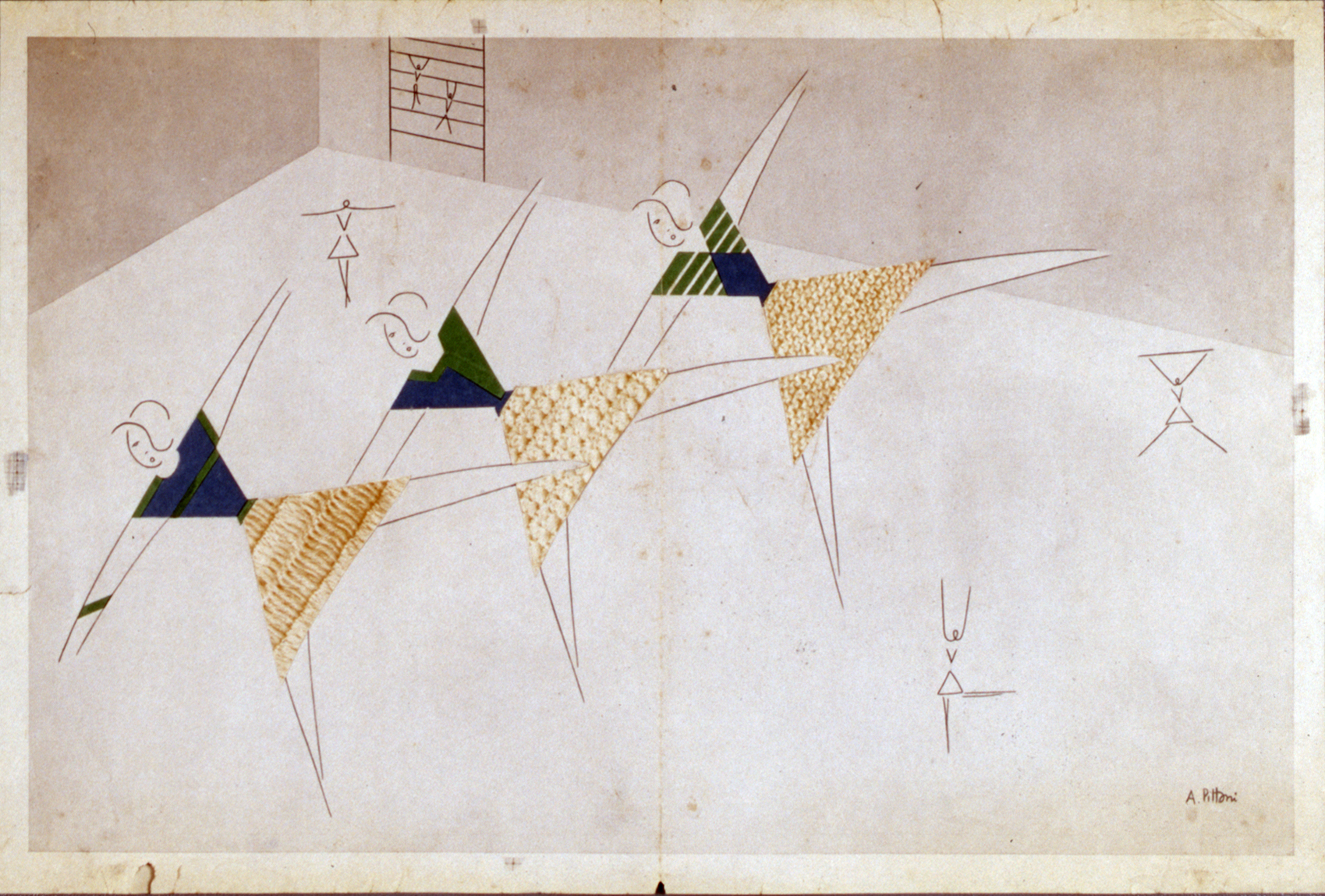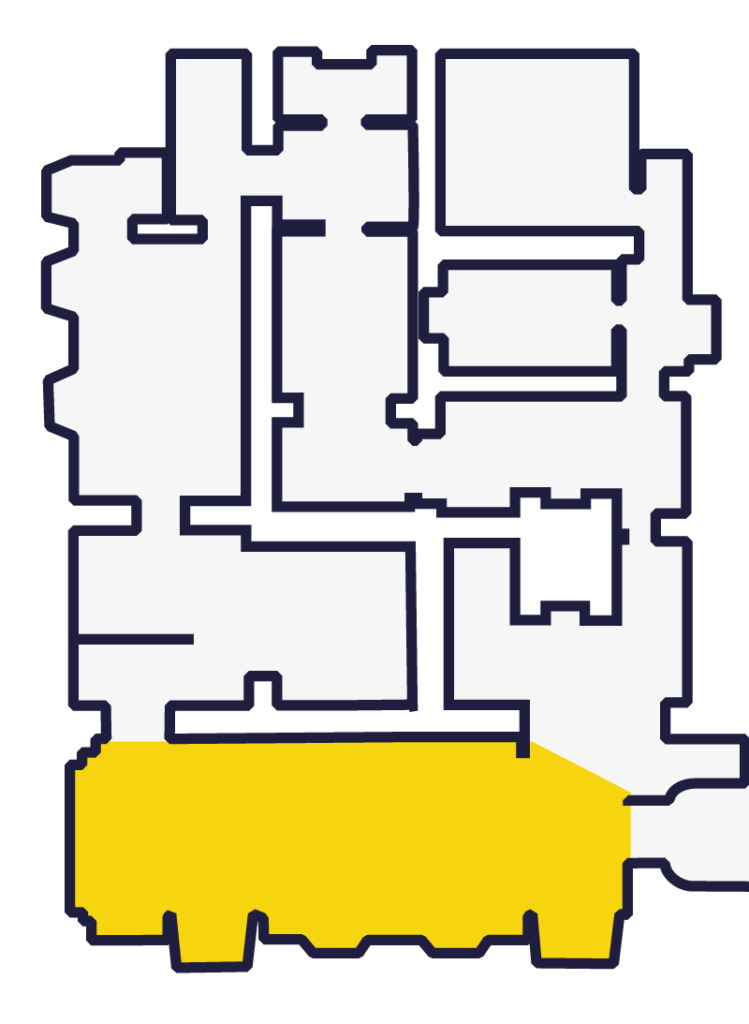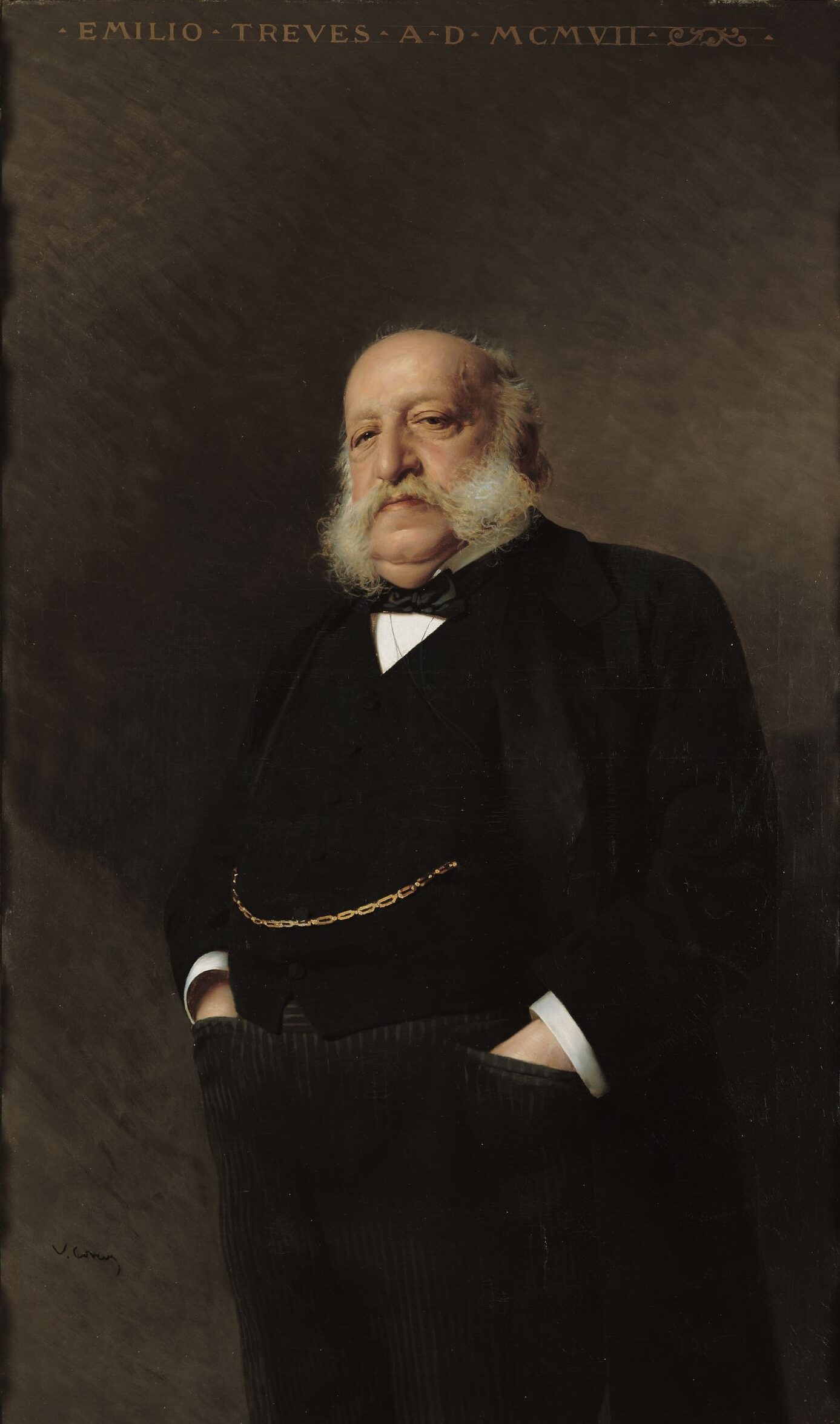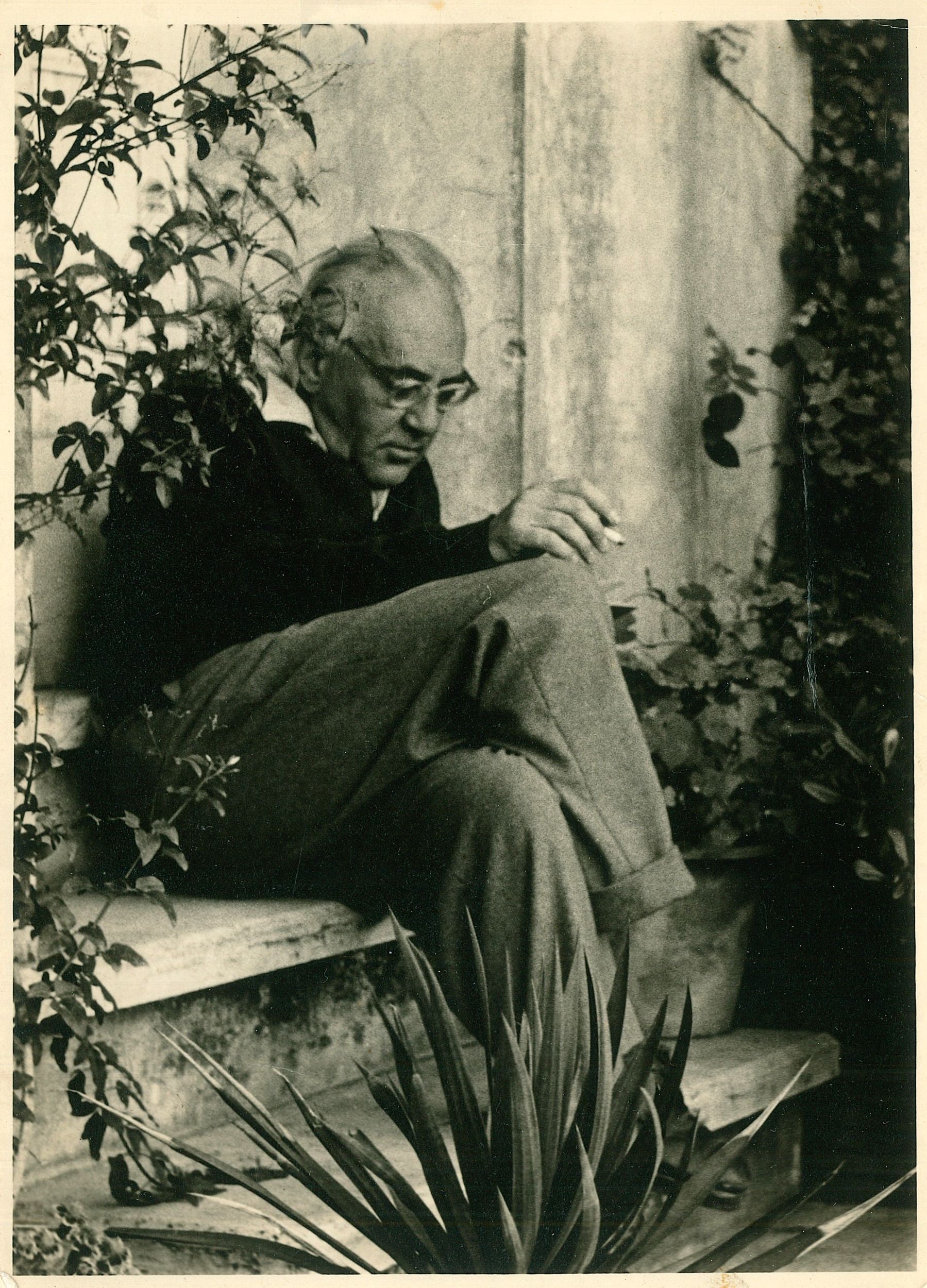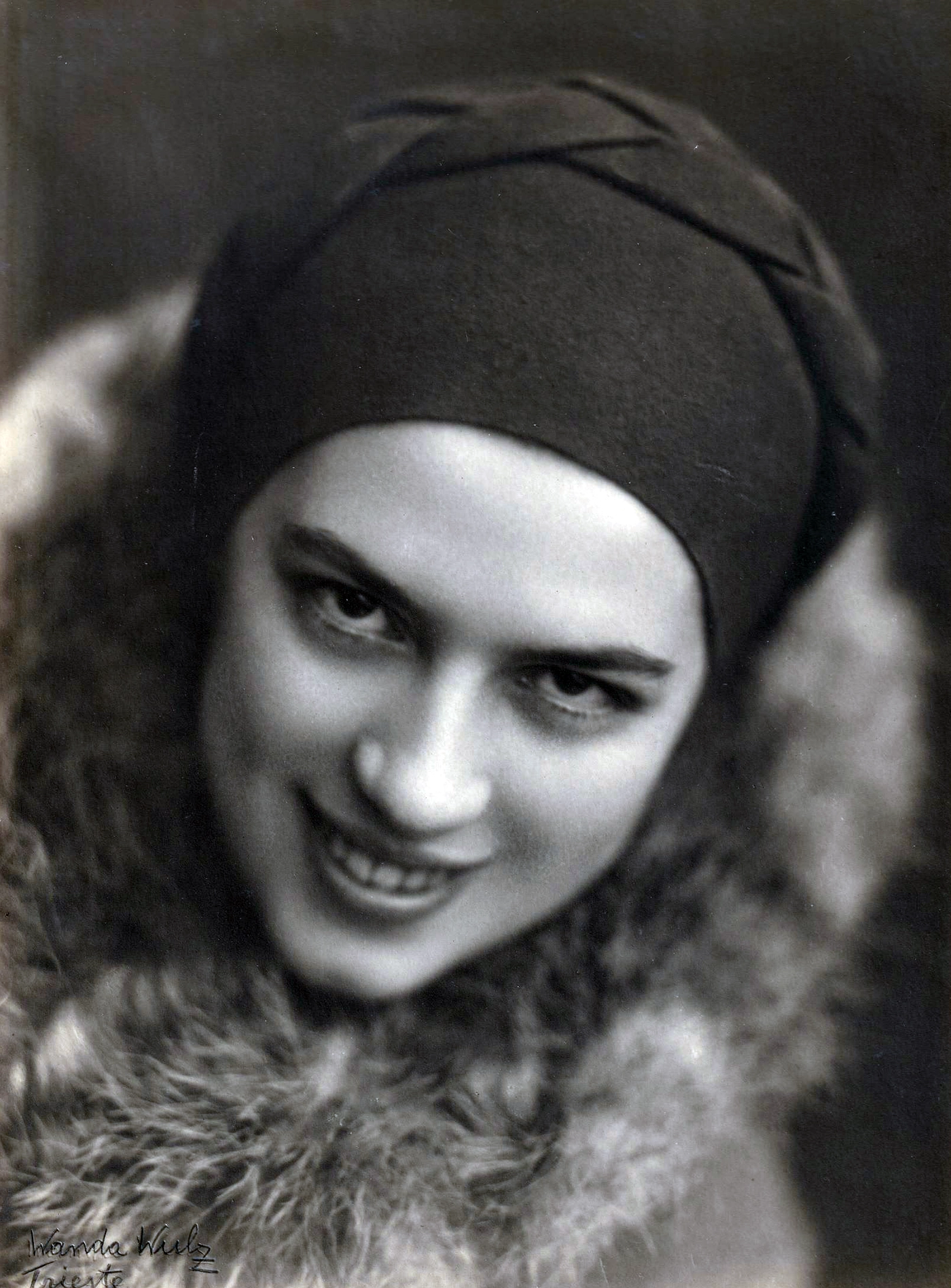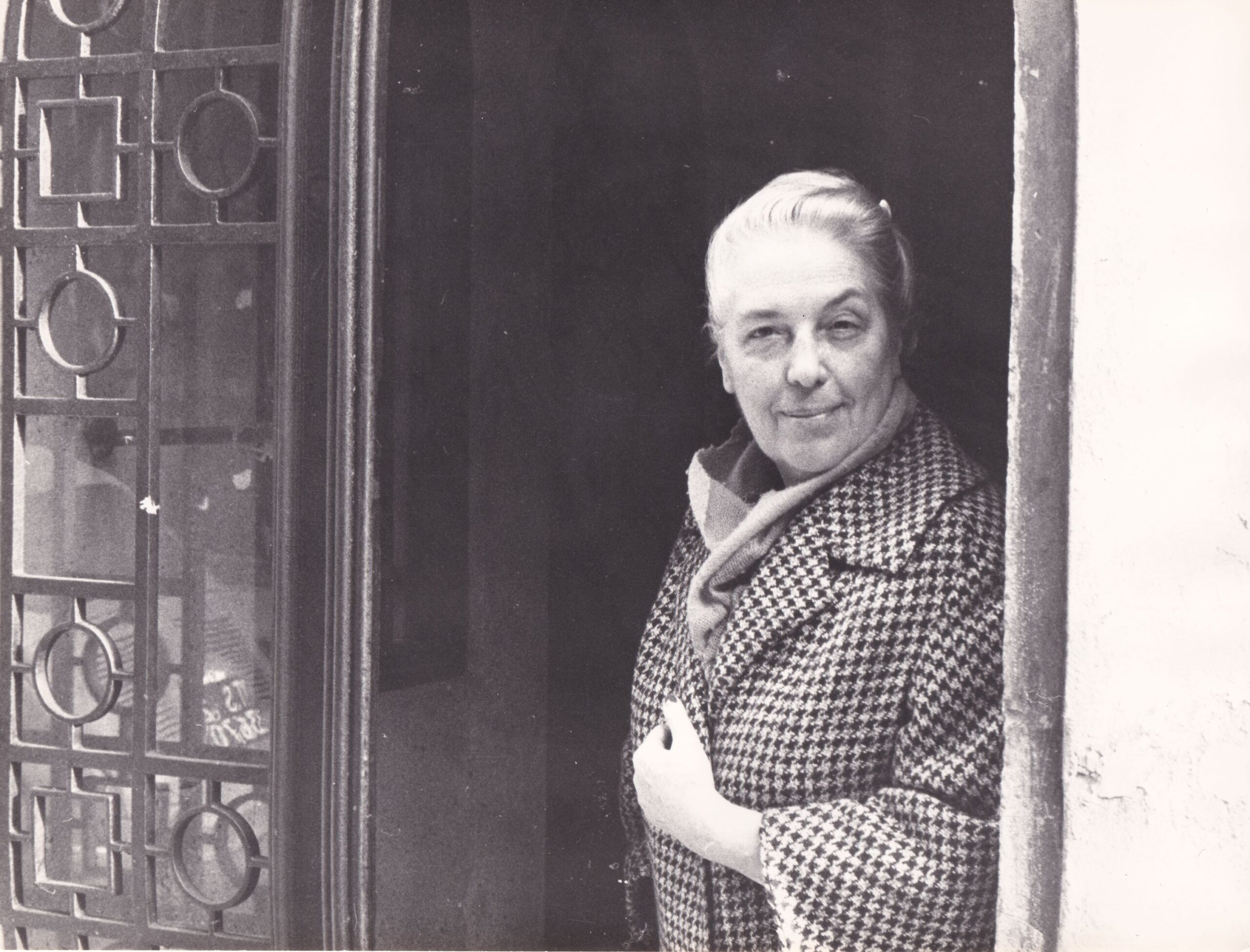The import-export of literature
From the Lloyd Austriaco editions to the Bobi Bazlen's contaminations
The Lloyd publishing house
Trieste, 1842-1931
The Lloyd publishing house, the third branch of the company after the naval and insurance sections, responded to the practical need of the shipping company to print its own bulletins, but soon evolved, printing edited editions of classics and periodicals aimed at the cultured entrepreneurial bourgeoisie of Trieste. Among these publications is “Letture di famiglia” (1851-1862), the first example of a variety magazine (short stories, poetry and news).
Emilio Treves
Emilio Treves from Trieste took the first steps in his career at Lloyd’s printing house. He went to become the owner of one of the most important Italian publishers, putting out works by the greatest writers of the time – although he rejected the works of his fellow triestino Svevo. L’Editoriale Libraria split off from Lloyd’s printing house in 1922, specializing in the children’s sector, so much so that in recent times it has become a leader in the sector in Italy.
Bobi Bazlen
Kafka, Kubin, Musil, Rilke, Broch, Hölderlin. But also Freud and Jung, and much Eastern literature and philosophy, from the Life of Milarepa to the I-Ching. What and how many books would Italians not have read without the intervention of Roberto Bazlen, the “literary dog” of the major publishing houses, from Einaudi to Olivetti’s Edizioni di Comunità, inventor with Luciano Foa of the Adelphi publishing house?
Anita Pittoni
The granddaughter of Valentino Pittoni, leader of the Trieste socialists, she began a promising career as a fashion designer, achieving success at a national and international level. A poet and self-employed writer, she is now remembered above all for her editorial work. In 1949 she founded the publishing house Lo Zibaldone together with Giani Stuparich, to whom she was romantically linked, and Luciano Budigna, poet, critic and translator.
The Zibaldone imprint spread the literature from Trieste throughout Italy and abroad. In addition to Saba, whose collection Uccelli (1950) and the pamphlet Gli resta da fare ai poeti (1959), it printed works by Stuparich, Giotti, documents relating to the life of Svevo and relaunched works linked to the local area, including the Memoirs of Baron Sartorio (1949), the Riflessioni sul porto di Trieste by Antonio De Giuliani, and the work on Vienna nel ‘400 by Enea Silvio Piccolomini.
